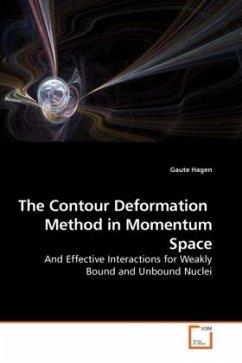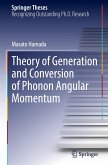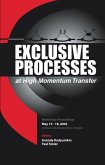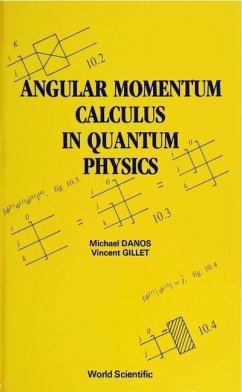The method of analytical continuation of the Schrödinger equation in the complex energy plane based on deforming the integration contour in momentum space is commonly known as the Contour Deformation Method. In this book the Contour Deformation Method and the rules for analytical continuation of integral equations are discussed in detail, and examples of simple scattering problems are given for the case of Yukawa like potentials. It is shown that the Contour Deformation Method can provide a simple means of constructing a complete single particle basis that treats bound, resonant and non-resonant continuum states on equal footing. This complex energy basis can be used a to expand many-particle wave functions and provide a direct way of calculating lifetimes of many- body resonant states. The inclusion of discretized continuum states makes the many-body basis explode, and therefore there are need for methods that reduce the computational cost of quantum many- body systems using such a basis. We discuss how many-body perturbation theory can be used to construct effective interactions for the study of open quantum systems in nuclear structure and reaction contexts.
Bitte wählen Sie Ihr Anliegen aus.
Rechnungen
Retourenschein anfordern
Bestellstatus
Storno








